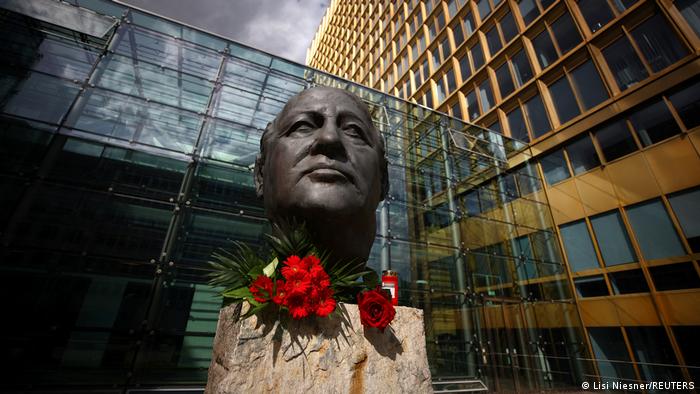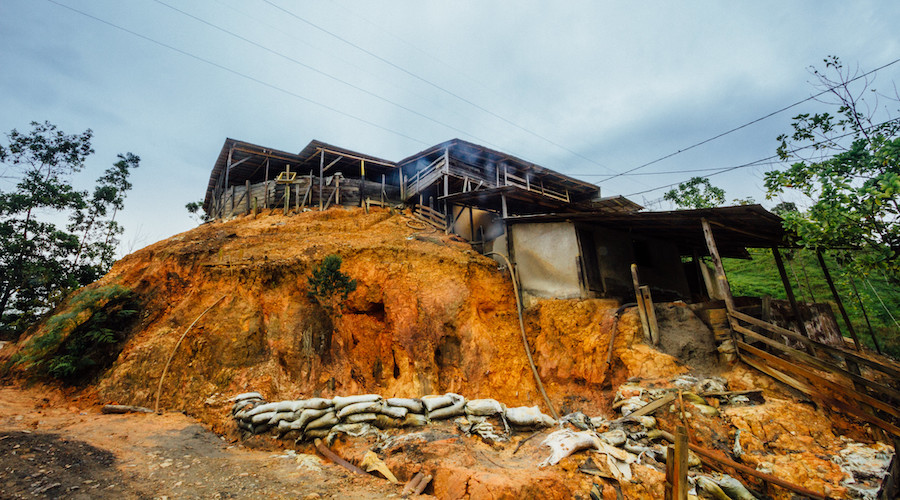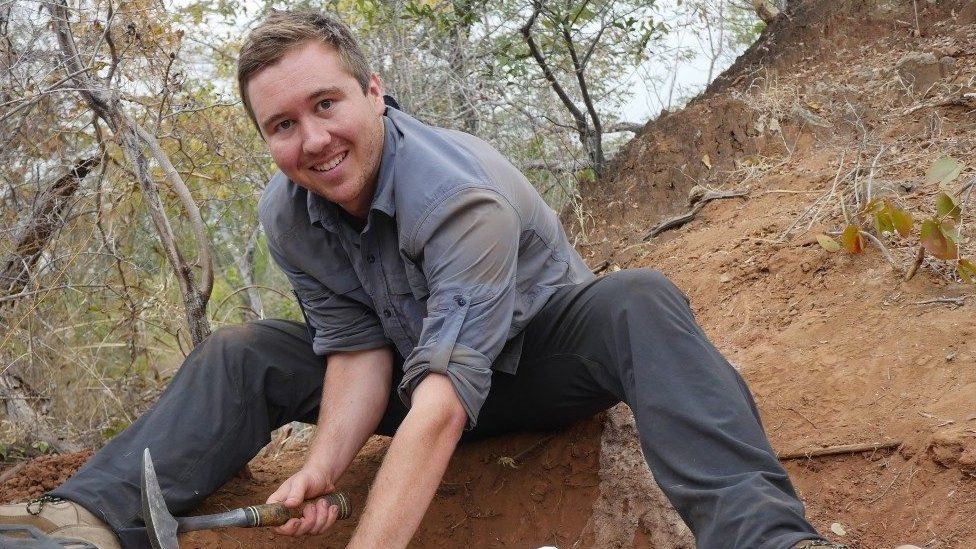Stéphanie TROUILLARD - 22 Aug, 2022
The Second World War’s deadliest battle – and one of the most brutal of all time – started on August 23, 1942, when Adolf Hitler’s forces went all out to seize the city bearing Joseph Stalin’s name. If ever a battle was like an unstoppable force meeting an immovable object, it was Stalingrad. The USSR finally prevailed amid inhuman circumstances, setting the stage for the moment three years later when Soviet troops raised their flag over the Reichstag as Berlin smouldered.

‘They would have preferred hell’: The Battle of Stalingrad, 80 years on© AP
The most vivid chronicler of Stalingrad was the Soviet novelist and journalist Vasily Grossman, especially in his Tolstoyan epic Life and Fate. Countless lines jump from the pages of Grossman’s masterpiece, but the starkest phrase leaps from his diary: “It is like Pompeii”.
Even for people unfamiliar with the details of World War II, the battle’s ferocity and consequence give the word Stalingrad an “electric charge”, as British historian Dominic Sandbrook put it on the podcast The Rest is History.
There were two other pivotal moments in 1942, the year the Second World War’s dynamic shifted in the Allies’ favour. The British turned the tide for the Western Allies against Nazi Germany when Field Marshal Bernard Montgomery’s forces smashed Erwin Rommel’s Afrika Korps in the Battle of El Alamein in Egypt in October-November. The US turned the tide against Japan in the Battle of Midway in June. But neither El Alamein nor Midway quite carries the electrifying resonance of Stalingrad.
It was not the first time a brutal battle was waged for control of this city, a vital port on the banks of Russia’s national river, the Volga. During the Russian Civil War, Red and White Russian forces waged a two-year tussle for control of the city, then named Tsaritsyn. Such was its significance that a senior Bolshevik, one Joseph Stalin, was sent to ensure victory for the Red Army. Tsaritsyn fell to the White Army in 1919. But strengthened by supplies from Moscow, the Red Army launched a fierce onslaught to retake the city and sent their enemies fleeing to Crimea – playing a key role in the Bolsheviks' eventual victory in the war.
‘War of annihilation’
The city was renamed in 1925 to honour Stalin for his role in that pivotal victory. Hitler launched Operation Barbarossa, his “war of annihilation”, in June 1941. The Nazis seized colossal amounts of Soviet territory in a short period of time. They trapped its second city, Leningrad, in a brutal siege starting in September 1941, which its residents would suffer under for more than two years and two months. They attempted to capture Moscow in October 1941 and January 1942, in vicious battles that nonetheless set the stage for Soviet counteroffensives.
The most obvious course of action for any invading army is to devote as many resources as possible to capturing a country’s capital. But in the summer of 1942, Hitler sent the Wehrmacht to the south.
“For Hitler the priority was not Moscow, which might not have led to Soviet defeat, but the resources of southern Ukraine and the oil of the Caucasus region,” explained Richard Overy, a professor of history at Exeter University and the author of several books on World War II, including Russia’s War. “Hitler insisted against the instinct of his generals, because he saw economics as critical in warfare. Germany would gain essential resources, while the Red Army would be cut off from production and oil and could then be defeated more easily.”
Stalin was convinced the Nazis would go for Moscow again after their failure the previous winter. So he concentrated the Red Army around the capital, leaving them outnumbered in the south where the Wehrmacht pushed on.
On August 23, 1942, German soldiers reached the north of Stalingrad, the smoking industrial city stretching for miles down the banks of the Volga. They bombarded the city into rubble. But this hindered their attempts to take the whole city, explained French historian François Kersaudy, author of Stalingrad: “A city in ruins is actually a lot easier to defend than a city where all the buildings are still standing; the Germans found it increasingly difficult to dislodge the Soviets from their positions in this landscape of rubble.”
The desolation at Stalingrad, Russia on November 22, 1942, where, with the coming of winter, Russian defenders started making local counterattacks. © AP
‘Soviet strategic cunning’
The Wehrmacht took 90 percent of the city, but the Soviets held on to Stalingrad’s industrial district in the north as the Germans struggled with urban warfare. “The German troops had never fought in cities before; they were used to large manoeuvres in open terrain,” Kersaudy noted. “And they faced two more big problems throughout the battle: the Red Army could supply their positions through tunnels and sewers, while the Soviets kept pummelling German positions with artillery from the other side of the Volga – which the Wehrmacht was unable to cross.”
The carnage inflicted horrendous suffering on civilians and soldiers alike. “Conditions for civilians were indeed dire, though many were evacuated as the battle continued, or trekked out to the surrounding rural areas,” Overy noted. “Fear was greater on the German side,” he continued, “as the Soviet opponent struck at night or hid in ambush. Soviet soldiers certainly feared their own side if they faltered, but for them there was only the savage defence of the city while many German soldiers understood they were invaders trapped by their leader’s strategic incompetence.”
Indeed, Hitler persisted in his push to take the city bearing Stalin’s name – a colossal symbolic prize – but the Wehrmacht was suffering from poor co-ordination between different units and supply lines stretched to breaking point, more than a thousand miles across interminable steppes away from Germany. In November 1942, the Soviets seized the advantage with their counteroffensive, Operation Uranus, orchestrated by Red Army Chief of Staff Georgy Zhukov and Deputy Defence Minister Aleksandr Vasilevsky. It was a classic pincer movement, trapping the Wehrmacht in the city they had destroyed, hemming them in from the northwest and southeast.
On November 23, 1942, the two Red Army pincers met at Kalach, west of Stalingrad. German General Friedrich Paulus’s 6th Army was trapped. But Hitler refused to let the 300,000 exhausted soldiers retreat. “They were caught there in absolute hell, in the cold, completely unprovided for,” Kersaudy said. “The Germans tried to supply them via land routes from the south and even by plane, but it didn’t work.”
“The battle was won not just because the Germans had weak and long supply lines and a shortage of equipment, but because of Soviet strategic cunning,” Overy pointed out. “Operation Uranus, cutting through the stretched German lines in November to encircle Stalingrad was the first time in the war that the Red Army had got the strategy right. The Germans in winter weather were too weak to respond and had to retreat. Paulus was left to himself with no hope. The Soviets also much improved their use of air power and radio communication, and were already outproducing the Germans by a wide margin. Hitler underestimated all this and assumed the Red Army was on its last legs.”
But the Wehrmacht was on its last legs. It is astonishing that it lasted in Stalingrad as long as it did. German writer Heinrich Gerlach described the extreme conditions the 6th Army suffered in his autobiographical novel The Forsaken Army: “Walking mechanically, like ghosts, they skirt along the border of icy death. Here and there, one of them crosses it, with a wobbly step, falling without a sound. The torso tries to straighten up one last time, then collapses, as the hand that limply supports the heavy head falls. The body does not move any more. The others stumble over it.”
For all their exhaustion, and despite their weak and overextended supply lines, the Wehrmacht clung on ferociously in Stalingrad. It took another Soviet offensive, launched in January 1943, to finish off the 6th Army. Paulus surrendered on January 31, the day after he was appointed field marshal. In some 200 days, the battle claimed more than 2 million lives. Along with the British victory at El Alamein, Stalingrad was one of two battles that robbed the Wehrmacht of their momentum and turned it back on them, as the Allies charged like a juggernaut to that moment when the red flag was hoisted above the Reichstag and Nazism was consigned to history.
The USSR’s communist tyranny would soon be anathema to the Western Allies, once the common Nazi enemy was out of the way. But the significance of the victory and the heroism and suffering of the Red Army mean that “electric charge” of the name Stalingrad still coruscates in the minds of everyone interested in World War II. At the time, King George VI honoured the Red Army’s lionhearted victory by sending Stalin a “Sword of Stalingrad” as a British tribute.
“Stalingrad was unique in the Second World War, in terms of duration, the number of soldiers killed, the relentlessness, the significance,” Kersaudy put it. “It was terrifying on both sides. They both had to carry on fighting until the very end. The people present there would have preferred hell itself.”

















